Applications of Barium Tungsten Electrodes in Industrial Fields
- Details
- Category: Tungsten Information
- Published on Thursday, 24 April 2025 16:58
- Written by Zhenghua
- Hits: 271
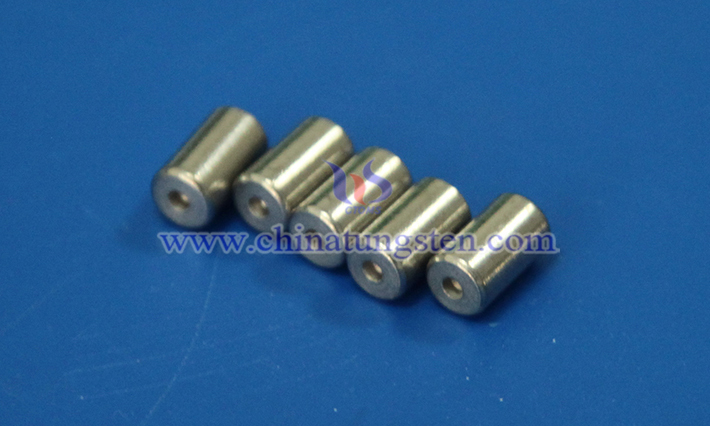
As a high-performance composite electrode material, barium tungsten electrodes exhibit extensive application value in multiple industrial fields due to their advantages of low work function, high current density, and long lifespan.
Read more: Applications of Barium Tungsten Electrodes in Industrial Fields
Applications of Barium Tungsten Electrodes in the Medical Field
- Details
- Category: Tungsten Information
- Published on Thursday, 24 April 2025 16:56
- Written by Zhenghua
- Hits: 259
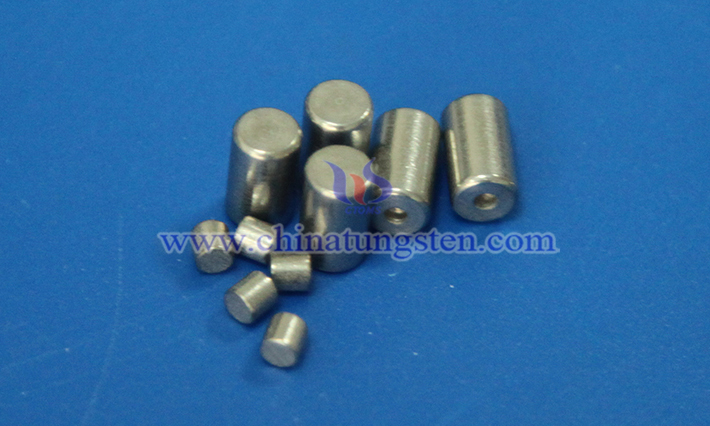
Barium tungsten electrodes are primarily used in high-precision electrosurgical equipment in the medical field, valued for their excellent conductivity, high-temperature resistance, and chemical stability. Below is an overview of their main application scenarios:
Read more: Applications of Barium Tungsten Electrodes in the Medical Field
Effect of Ammonium Ion Concentration on the Properties of Ammonium Metatungstate
- Details
- Category: Tungsten Information
- Published on Wednesday, 23 April 2025 15:32
- Written by Xiaoting
- Hits: 276
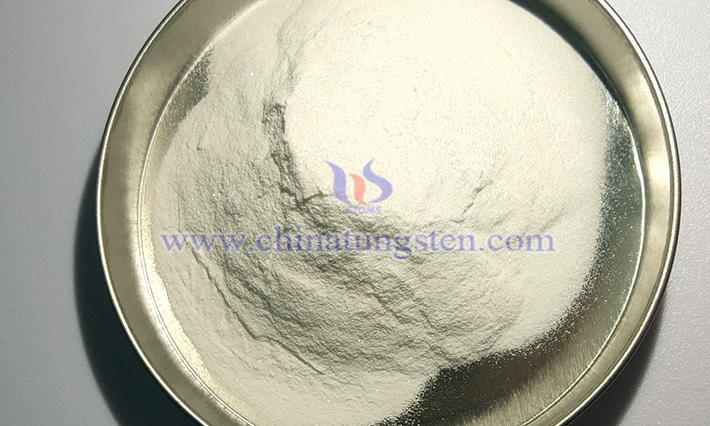
Ammonium Metatungstate (AMT), a tungstate compound produced by CTIA GROUP LTD, consists of ammonium ions (NH₄⁺), hydrogen ions, tungstate ions, and crystal water, with the chemical formula (NH₄)₆H₂W₁₂O₄₀·xH₂O. The proportions of these components and crystal water may vary slightly depending on the preparation method and conditions. During AMT synthesis, the concentration of ammonium ions significantly influences the crystal morphology, particle size, and properties of the product, including solubility, thermal stability, chemical stability, and catalytic performance.
Read more: Effect of Ammonium Ion Concentration on the Properties of Ammonium Metatungstate
Effect of Impurity Elements on the Properties of Ammonium Metatungstate
- Details
- Category: Tungsten Information
- Published on Wednesday, 23 April 2025 15:38
- Written by Xiaoting
- Hits: 293
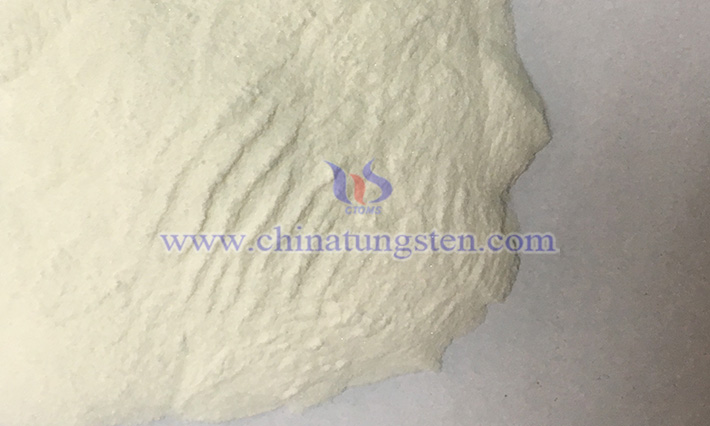
Ammonium Metatungstate (AMT), produced by CTIA GROUP LTD, primarily consists of tungsten (W), oxygen (O), nitrogen (N), and hydrogen (H), with potential impurity elements such as iron (Fe), molybdenum (Mo), vanadium (V), sodium (Na), and potassium (K). These impurities, originating from raw materials, solvents, or process conditions, significantly influence AMT’s crystal structure, physicochemical properties, and application performance.
Read more: Effect of Impurity Elements on the Properties of Ammonium Metatungstate
Effect of Crystal Structure on the Properties of Ammonium Metatungstate
- Details
- Category: Tungsten Information
- Published on Wednesday, 23 April 2025 15:29
- Written by Xiaoting
- Hits: 287
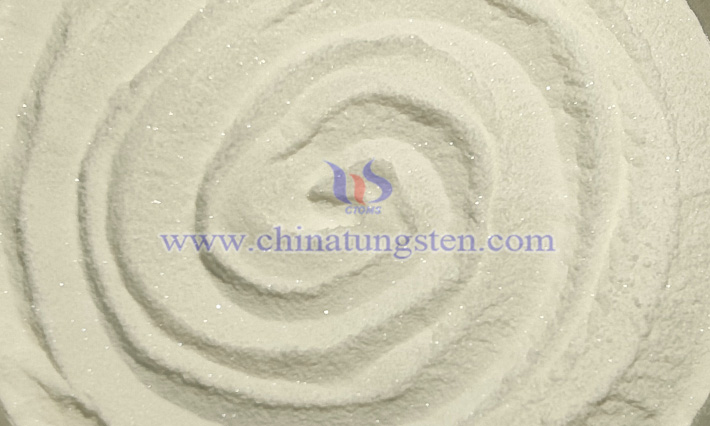
Ammonium metatungstate (AMT), a critical compound of the transition metal tungsten, features a core structure based on the Keggin-type polyacid anion [H₂W₁₂O₄₀]⁶⁻. This anion is formed by 12 WO₆ octahedra connected through corner- or edge-sharing, creating a cage-like structure typically centered by a heteroatom or proton. Stabilized by NH₄⁺ cations and crystal water molecules, this polyoxoanion forms a three-dimensional crystal structure. AMT’s crystal structure is generally monoclinic or triclinic, depending on crystallization conditions such as temperature, pH, and solvent. The crystal structure significantly influences AMT’s properties, including solubility, thermal stability, catalytic performance, and chemical stability. Below is a detailed analysis of these impacts.
Read more: Effect of Crystal Structure on the Properties of Ammonium Metatungstate





 sales@chinatungsten.com
sales@chinatungsten.com